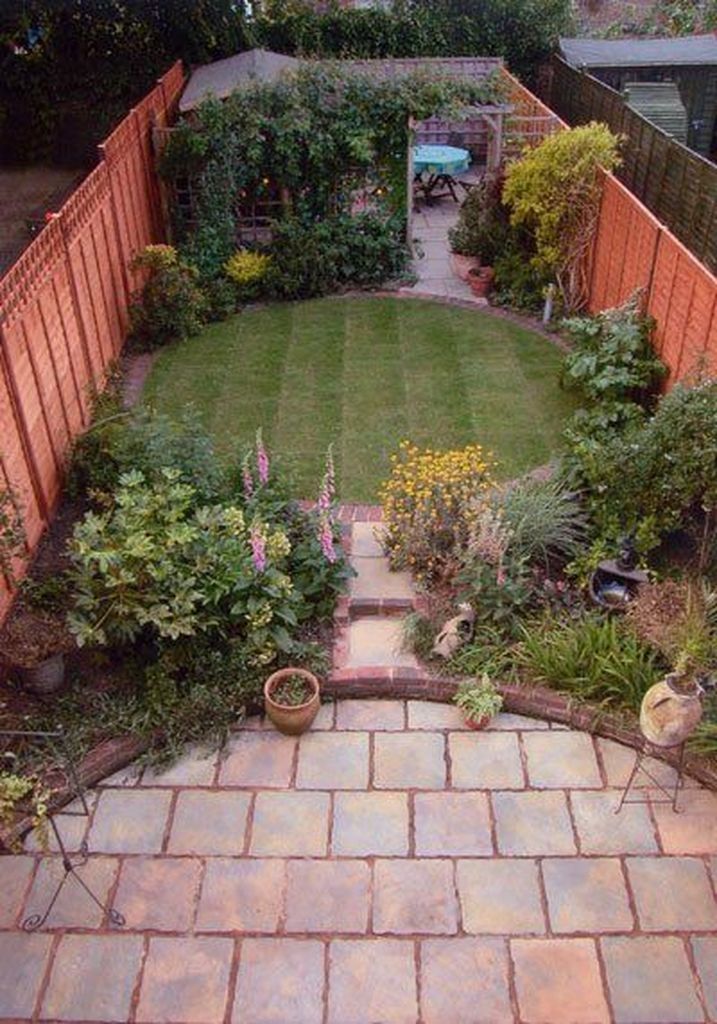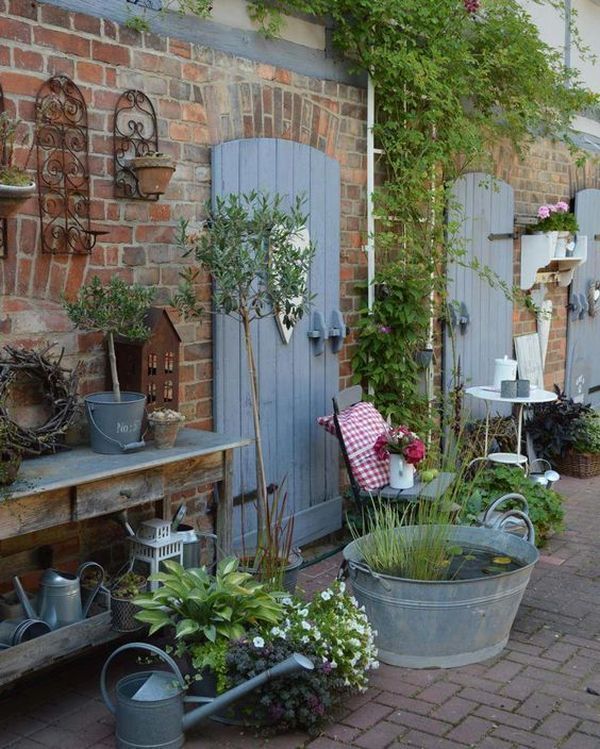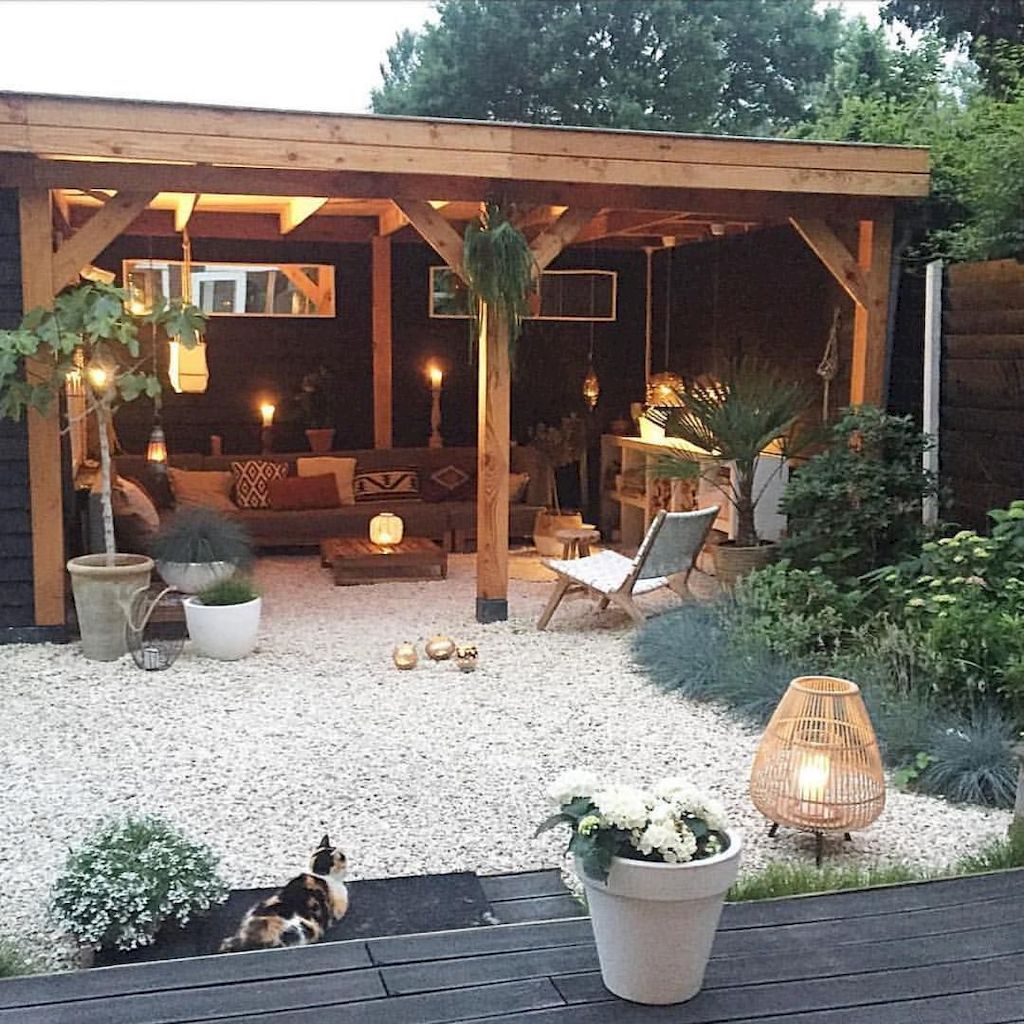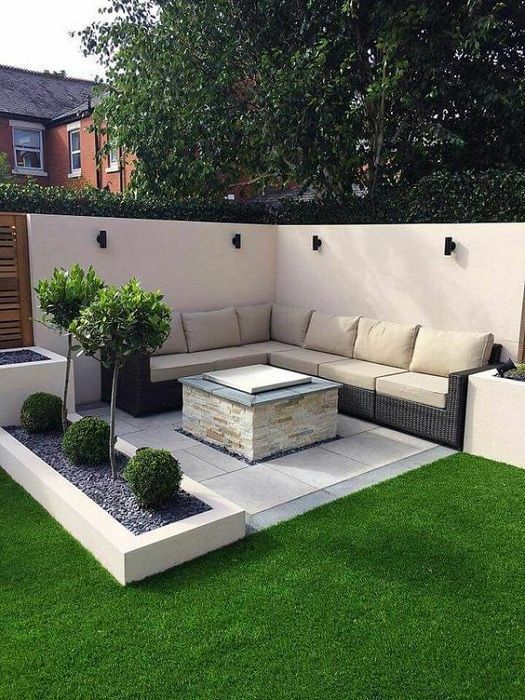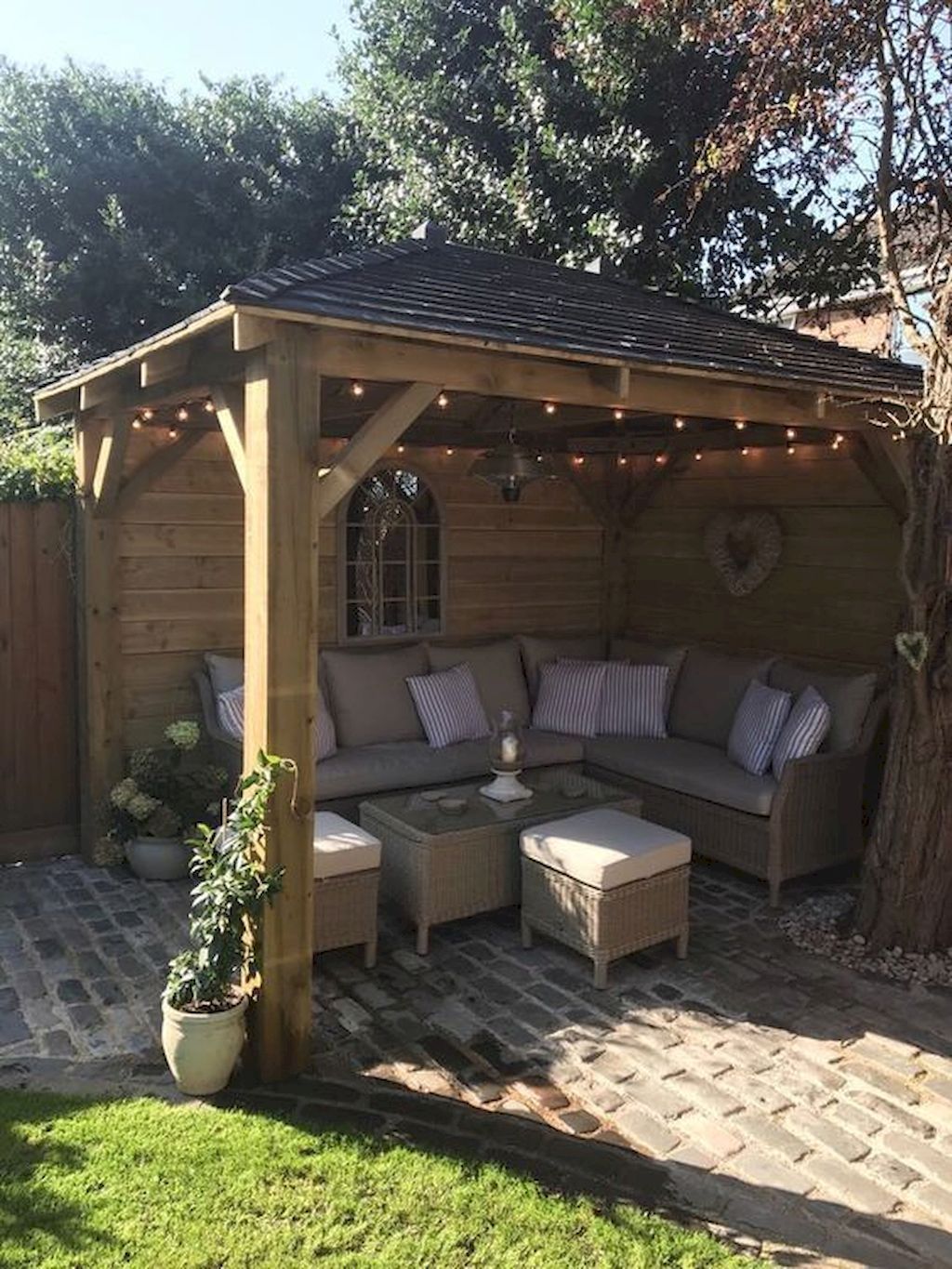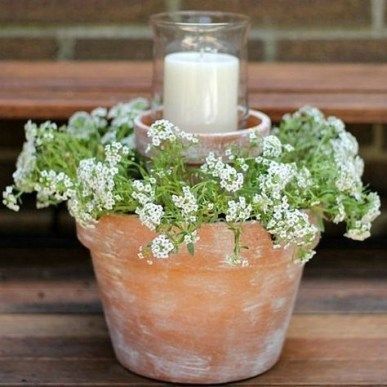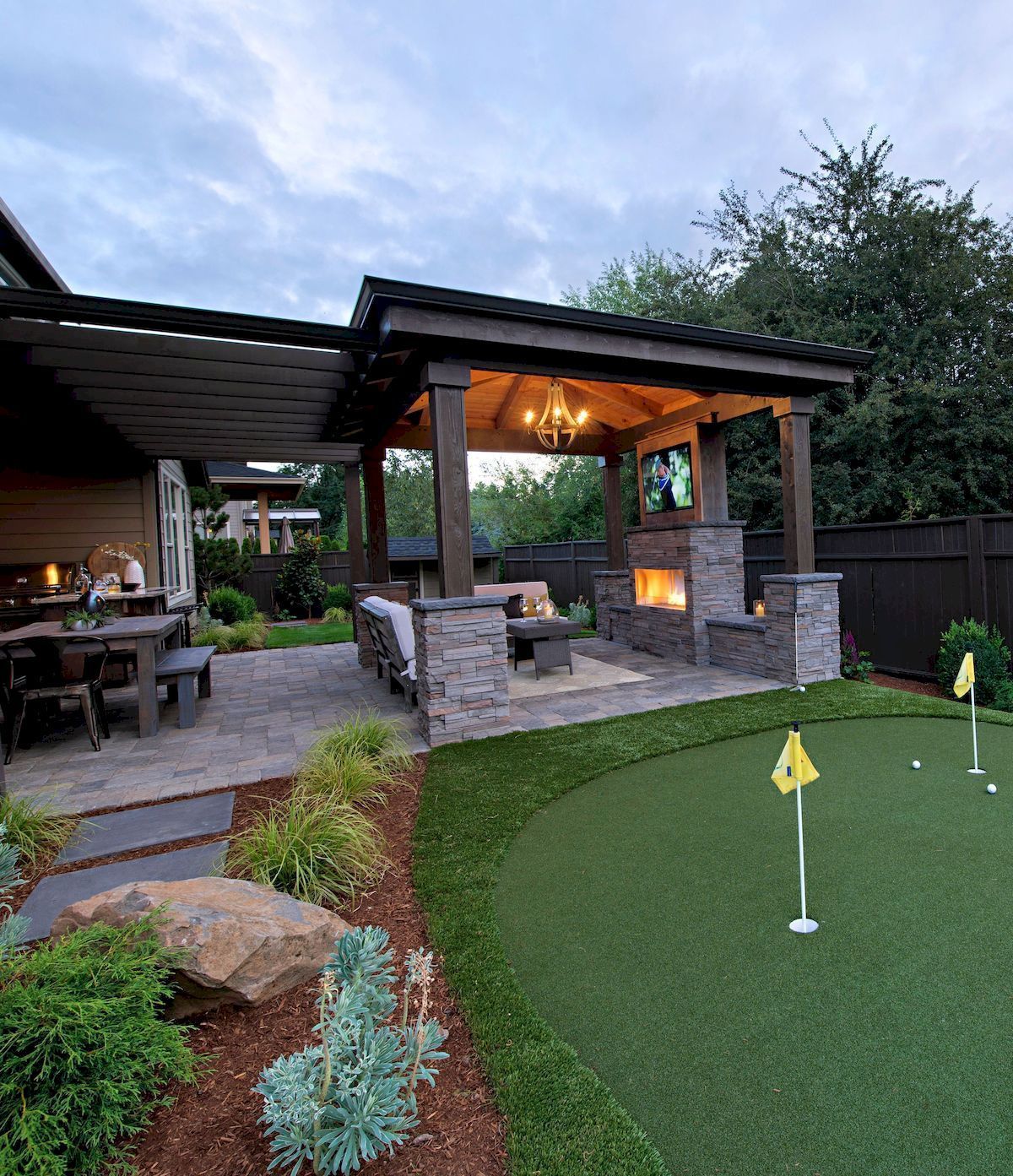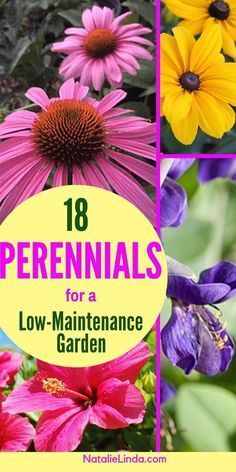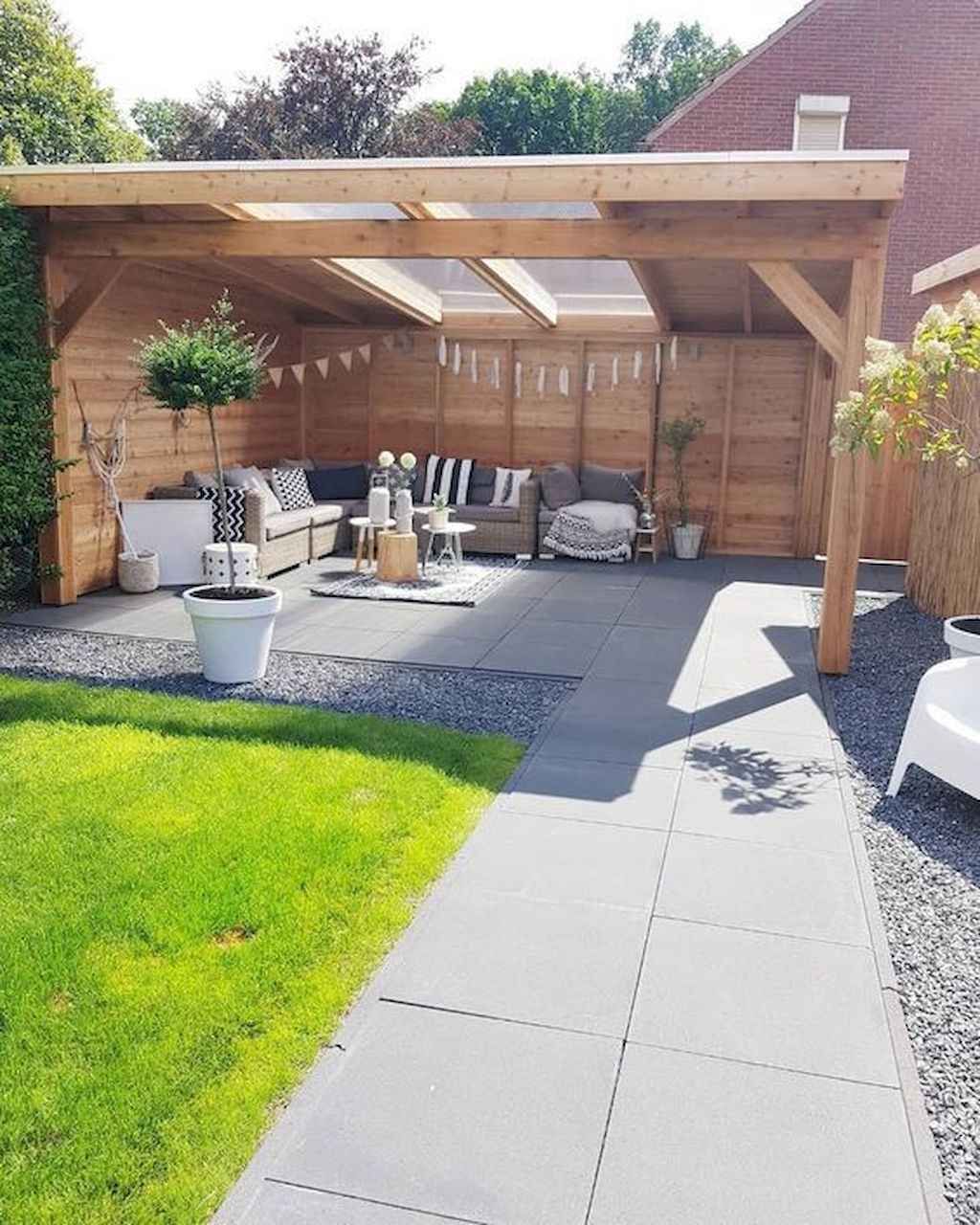11 garden design Patio summer ideas
Shade Loving Shrubs: 11 Beautiful Bushes To Plant Under Trees
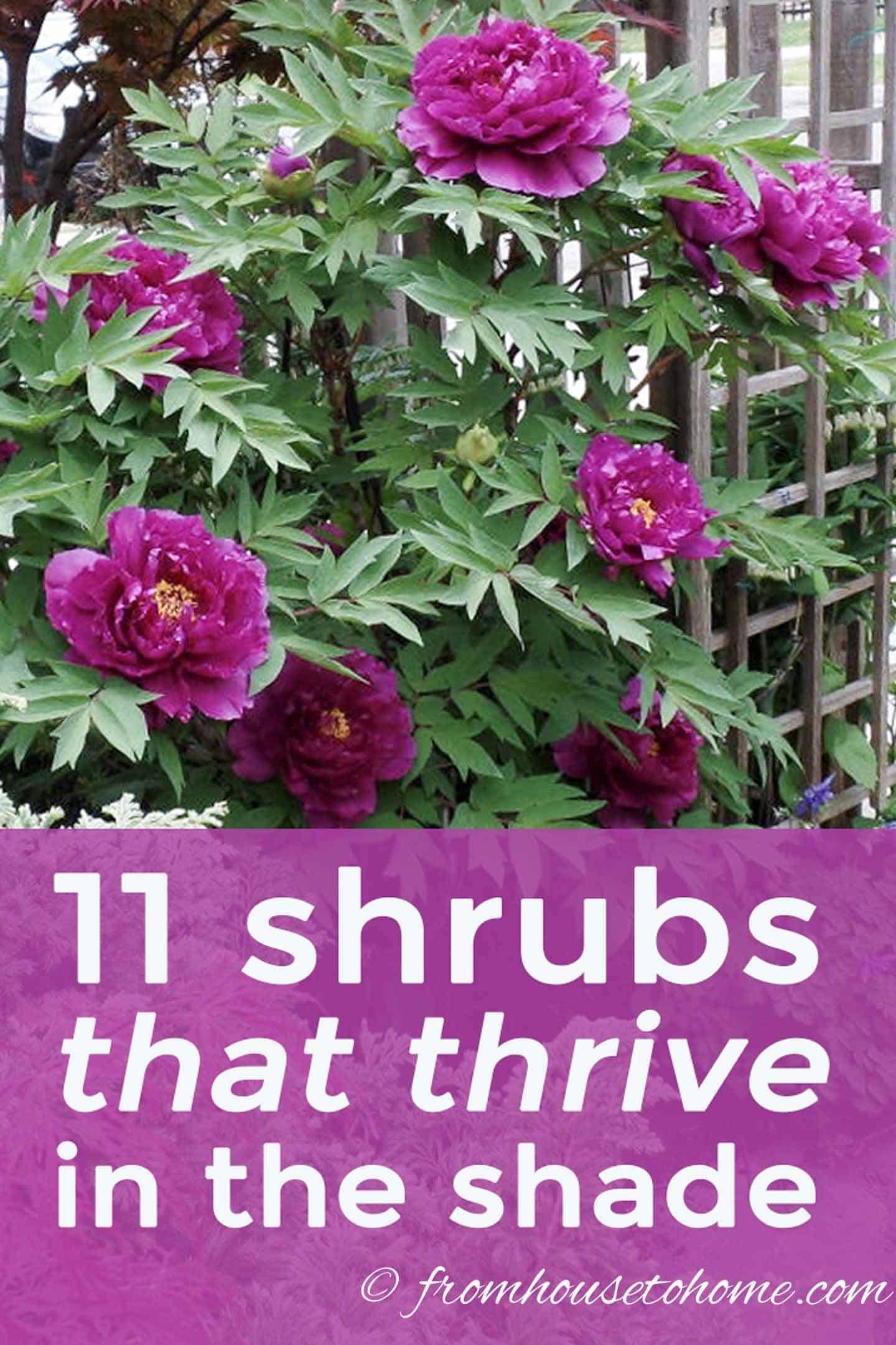
These shade loving shrubs are perfect for planting under trees in your yard. There are varieties that bloom in early spring, summer, fall and winter. Something for every garden! #fromhousetohome #shrubs #gardenideas #shadegarden #shadelovingshrubs #shadeplants #gardening Looking for shade loving shrubs to plant under trees? This list has bushes for every season â some with beautiful flowers, evergreen leaves as well as stunning foliage and stems. The shady space between taller trees and bushes and low growing perennials lends itself to an array of blooming bushes and interesting foliage plants. These are the shrubs that are at eye level in the border. While some draw your attention to focal points, others anchor the perimeter. The mid-story is the ideal place for plants that provide all-season interest. I search for shade tolerant shrubs and bushes that can be trimmed to keep the heights between 3 and 6 feet. I also like to echo the colors of the foliage in the ground cover and aim for a succession of bloom. Need ideas for ground cover plants that grow well in the shade? Click here to find some great compact shade plants. I rely on the glorious blooms of rhododendrons, azalea and mountain laurel in the spring, the magnificence of hydrangeas in the summer, Japanese maple foliage in autumn, and evergreen foliage and bark in the winter. Keep reading to find out more about shade loving shrubs you can plant under trees. Flowering Bushes For Shade Pieris Japonica Pieris Japonica âForest Flame’ Zone: 5 â 8 Bloom Time: Early spring Height: 3? to 10? (depending on the variety) Pieris Japonica is the first bush on our list of shade loving shrubs. It is a shade tolerant evergreen with leaves that start out red, then change to pink and cream before becoming lime green. Mountain Fire Pieris Japonica* It likes acidic sandy soil which is characteristic of many of the shrubs that grow well in shade. When sited with rhododendrons, azaleas and yews, the chartreuse colored leaves add contrast and interest to your garden all year. In early spring, the stems are crowned with whitish star-shaped clusters. Learn more about growing Pieris Japonica HERE. Buy Pieris Japonica HERE*. Rhododendron Rhododendron âPJM’ Zone: 4 â 9 Bloom Time: Spring Height: 3? to 12? (depending on the variety) As long as the soil conditions are acidic and regular moisture is provided, rhododendrons are the perfect shade loving flowering shrub for the mid-story. They thrive in the dappled shade under trees. Rhododendrons need shelter from winds and the sun, and require little or no pruning. Mulch is important to protect the shallow roots and replace nutrients. I like the contrast in shape of the evergreen leaves among the needled yews. Rhododendron âPurple Passion’* Rhododendron’s range of colors and spring bloom times provide a succession of fabulous blossom from April to June. When the early Rhododendrons are covered in magenta or fuchsia flowers, my heart sings and my soul recovers from the blight of winter. Rhododendron And Azaleas Click HERE for some tips on growing Rhododendrons. Buy the purple Rhododendron HERE.* Azalea Northern Lights Azalea Zone: 4 â 9 Bloom Time: Spring Height: 3? to 6? (depending on the variety) Azaleas are members of the rhododendron family and have the same acidic soil and protected growth requirements. And also make the list as one of the best shrubs for shade. The difference is that azaleas are generally smaller plants and can be either deciduous or evergreen bushes. The Northern Lights series* is tough, no care and a particular favorite of mine. Their blossoms precede their leaves in spring and are a joy to behold. Buy the Northern Lights series Azaleas HERE.* The Encore series* is evergreen and not as hardy, but blooms a second time in the fall. They are available in a wide range of colors. Buy Encore Azaleas HERE.* In my opinion, no spring garden should be without this bright, glorious, shade loving flowering shrub. Azalea Learn more about growing Azaleas HERE. Tree Peony Japanese Tree Peony âPluto’ Zone: 4 â 8 Bloom Time: Spring Height: 3? to 8? (depending on the variety) I hesitate to include Tree Peonies (Paeonia suffruticosa) in a list of shade loving shrubs because the horticultural literature states it should be grown in full sun. As an example of âit is sometimes okay to break the rules’, I can attest that I have been growing Japanese tree peonies in the dappled shade for years. This deciduous, shade loving flowering shrub (it is not a tree!) likes acidic to neutral soil. A much tougher plant than it looks, it is definitely low maintenance â requires only regular watering and mulching. It produces huge luncheon plate sized ruffled blooms mid-spring. I counted 15 blossoms on the tree peony âPluto’ in my front shade border this year. Click HERE if you want to learn more about how to grow tree peonies. You can find a lot of different varieties of tree peonies for sale (including âPluto’) HERE. Mountain Laurel Mountain Laurel Zone: 4 â 9 Bloom Time: Late Spring / Early Summer Height: 4? to 15? (depending on the variety) Another fabulous late spring/early summer bloomer is the Mountain Laurel (Kalmia latifolia). It is another one of the evergreens for shade that requires acidic soil, sheltered conditions, and mulch for moisture retention. The pink blooms take your breath away with their beauty. Click HERE to learn more about how to grow Mountain Laurel. Buy Mountain Laurel HERE.* Hydrangea Hydrangea macrophylla âTwist ân Shoutâ Zone: 3 â 9 Bloom Time: Summer to Fall Height: 3? to 8? (depending on the variety) Big green leaves and prolific magnificent blooms describe this entry in the shade loving shrubs list. Hydrangeas, as the name (hydra) implies, need to be kept well watered. They are deciduous bushes that blossom from July through September. The pruning care requirements are dependent on the type. Hydrangea macrophylla* (bigleaf, hophead, lacecap, and florist hydrangea) should only have dead and weak stems removed immediately after the blooms fade, otherwise, it will not flower next year. It blooms on old wood, so resist the urge to trim the dead looking stems in the spring! With the exception of the white bloomers, and some new introductions (e.g.’ pistachio’), the color of Hydrangea macrophylla flowers is dependent on the pH of the soilâblue in acidic and pink in alkaline. Buy Hydrangea macrophylla HERE.* Oakleaf hydrangea* is an understory plant indigenous to the southeastern United States and is poplar in the home border for its all-season interest. The summer blooms change from white to dusty pink and are very long lasting. Its distinctive oak-shaped leaves turn bright red in the fall and the exfoliating bark of its stems is interesting in the winter and early spring. It likes acidic soil and needs no pruning. Buy Oakleaf hydrangea HERE.* Note: Hydrangea paniculata âpeegee’ and Hydrangea aborescens âAnnabelle’ usually do better in sunny locations, and may not bloom as well if planted in the shade. Click HERE to get some tips on how to get the best blooms from your Hydrangea. Camellia Zone: 6 â 10 Bloom Time: Late Fall, Winter, Early Spring (depending on the variety) Height: 18? to 25? (depending on the variety) Camellias are another of the evergreen shrubs that grow well in the shade. The big difference with this bush is the time of year that it flowers. Depending on the variety, it can bloom any time between October and April. And those blooms are stunning! Even better? Once established, Camellias require very little maintenance to keep them healthy. You Might Also Like: How To Grow Camellias Buy Camellias HERE.* Foliage Bushes For Shade Japanese Maples The Japanese Maples at either end of the path Zone: 4 â 9 Height: 6? to 25? (depending on the variety) Japanese Maples (Acer palmatum) are dwarf trees that create outstanding focal points in the shady border under trees. My front border is anchored by two other Acers, one at each corner of a curved path. Although they are different varieties of Japanese maple, the foliage provides focal interest and intense color. Japanese Maple* They like dappled shade and do not like to dry out, so provide a deep layer of mulch. Prune, if necessary, in summer after the leaves are established. Japanese Maple âCrimson Queenâ I love the way my cut leaf âCrimson Queen’ forms a canopy of scarlet lacy foliage from spring until fall. Even in the winter, the branches arch dramatically. Click HERE to find out more about growing Japanese Maples. Buy Japanese Maples HERE.* Yews Yew Zone: 4 â 8 Height: 5? to 25? (depending on the variety) Yews (Taxus) are very reliable drought tolerant evergreens for shade that have inch long needles and red berries in the fall. Unlike conifers, they don’t mind being pruned, so their size and shape can be easily maintained. If you don’t want to do diligent pruning, avoid âHills’,’ Hicks’, and âBrowns’ yews because they grow too large for a border. Helen Corbet Japanese Yew, via Spring Meadow Nursery Yews provide all season interest and stand out in the winter garden as a green respite among the deciduous branches. It should be noted that the berries and needles are poisonous to humans and animals. Yews generally do not like wet conditions. Taxus x media âTauntonii’ is a dwarf yew that is perfect: it grows slowly, is very tidy and has a very dark green hue. Yew âEmerald Spreaderâ Taxus cuspidate âemerald spreader’ is another good bright green choice that gets denser if pruned annually. Taxus Canadensis is a tough, small native that will grow in dense shade. Click HERE to learn more about growing Yews. Buy Yews HERE.* Red Twig Dogwood Red Twig Dogwood âElegantissima’ Zone: 3 â 8 Bloom Time: Spring Height: 8? The red twig dogwood (Cornus Alba) is a shade loving shrub with very attractive variegated gray-green deciduous leaves that provide a bright light in the shaded border. Red Twig Dogwood* It has insignificant white flowers in the spring, followed by white berries, but the compelling reason to plant this shrub is for the winter interest of its red stems. It can be most appreciated if sited from a window where the splash of red in the snow only needs a cardinal to complete a perfect vignette. The red twig dogwood can be kept small and brighter by pruning out 1/3 of the old stems in the winter, otherwise, it will reach 8′ tall. Click HERE to find out more about caring for Red Twig Dogwood. Buy Red Twig Dogwood HERE.* Boxwood Boxwood Zone: 4 â 8 Height: 2? to 20? (depending on the variety) The final plant on our list of shade loving shrubs is Boxwood. We most often associate Boxwood (Buxus) with clipped hedges and balls in formal gardens. However, it is such an easy plant to grow I think it deserves a place in any kind of border, especially since it is evergreen and grows so well under trees. Adequate water and 3â of mulch take care of its maintenance needs. Wedding Ring Boxwood* Aesthetically, Buxus looks much better pruned so that its small evergreen leaves become denser. It grows slowly so, once the desired shape is established, it only needs an annual shearing. Click HERE to learn more about growing Boxwood. Buy Boxwood HERE. Shop These Shade Loving Shrubs Do you have comments or questions on our list of shade loving shrubs? Tell us in the section below. Pin It So You Don’t Forget It! See More Pinnable Images Sharing is caring! 213.7k 10

